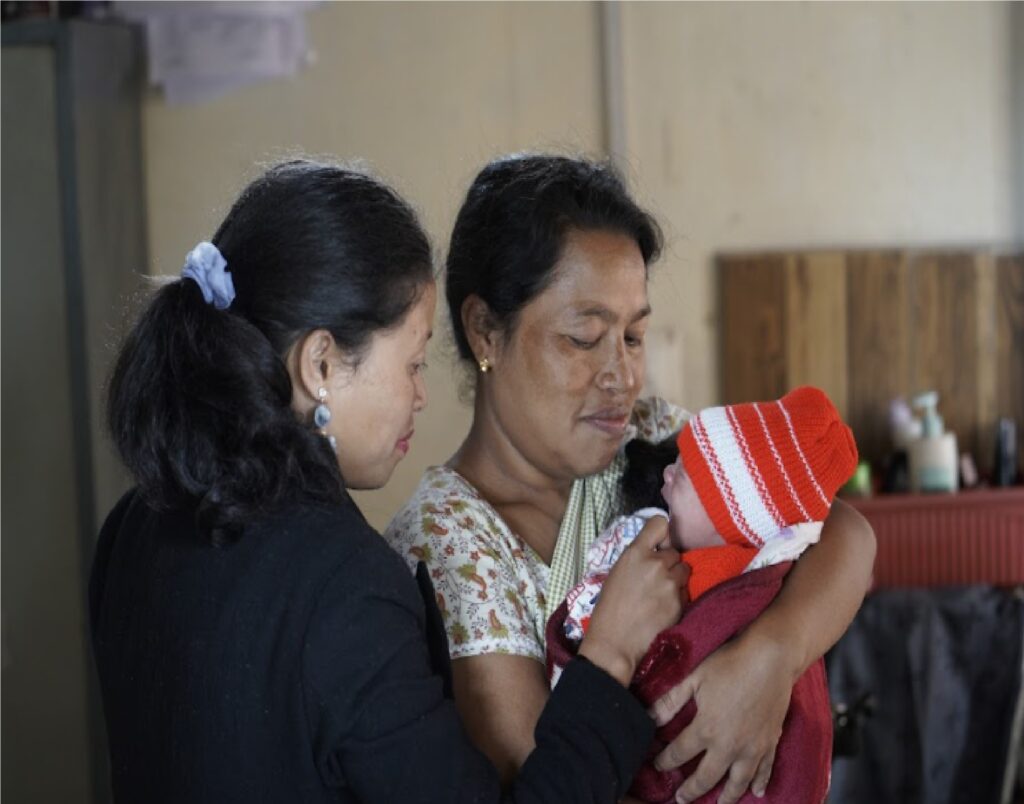Government Of Meghalaya Is Committed to Ensuring Everyone’s Health
Hyderabad/ Mumbai, February 17th, 2023: The Government of Meghalaya, through its many ministries such as the Department of Health and Family Welfare, has been operating a variety of healthcare plans and programmes with the goal of providing medical attention to each and every sector of the population. According to the government, the goal of these schemes and programmes is to make medical treatment more affordable and accessible to everyone which is in accordance with Sustainable Development Goal (SDG) 3, stating that everyone should have “good health and well-being.” In addition to this, the schemes and programmes in question are initiatives that are meant to reduce the out-of-pocket costs that individuals have to bear in regard to their health.

In the year 2021, the Meghalaya Health Policy was drafted in line with the National Health Bill, 2009 and the National Public Health Act, 2018, and has been tailored as per Meghalaya’s particular circumstances. The policy establishes a broad framework for the provision of essential public health services and functions, including the powers to respond to public health emergencies. This will be accomplished primarily through the State and local public health agencies at the village, Block, and District level in collaboration with other public and private healthcare providers, including through the cooperation and formal collaborations between the Centre and State. The programme brings the total amount spent on healthcare closer to 2.5 percent of GDP and to ensure that sufficient funds are allocated to health care. The policy also covers investments made by the government and the business sector.
The policy intends to accomplish its goals by adhering to the criteria provided by the WHO’s Sustainable Development Goals (SDGs) timeframe of 2030 and the National Health Policy, which was published in 2017. This would be relevant to the state’s primary health concerns, which are lowering the rates of maternal and infant mortality by ensuring that antenatal care coverage remains at or above 90% and that skilled attendance at birth remains at or above 90% by the year 2025, lowering the mortality rate for children under the age of five to 23 by the year 2025, and increasing the MMR from its current levels to 100 by the year 2025. In addition, the policy will have as one of its goals the reduction of the infant mortality rate to 28 by the year 2025, the reduction of neo-natal mortality to 16, and the reduction of the still birth rate to “single digits” by the same year.
In addition, one of the goals of the state health policy is to construct a solid data architecture that would lend assistance to the formulation and execution of health reforms. The process of digitising health records will involve the establishment of an electronic Health Information System (HIS) or electronic medical records. In order to provide a complete picture of health outcomes and the variables that are associated to them, the policy will merge these health records with other health and socio-economic data that has been acquired by the state. The state will have access to a big pool of data as a result of these records. This data may serve as an instrument for determining good health indicators, and it can also be evaluated for the purpose of determining whether or not there are any areas of concern. This technology will be utilised to do data analysis and generate forecasts for the future. Effective documentation of the HIS’s procedures and their contents will be supported by the HIS. It is planned to make all information on health-related laws, policies, plans of action, and programmes available to the public. This move is intended to encourage engagement for people as well as civil society groups.
To achieve Measurable Outcomes in Transforming Health sector through a holistic approach with focus on women’s Empowerment, the MOTHER program was launched through the policy. Through this Pregnant and Lactating Mothers are being registered and monitored to address their immediate problems within the stipulated time so, that proper care reaches them at the right place at the right time. Till date, more than 2.2 Lakh mothers have been registered and tracked. The network of ASHA workers has been strengthened with enhanced salary and the ASHA First App that speeds up the incentive claim process for the ASHAs. The State Government of Meghalaya initiated the CM Safe Motherhood scheme to facilitate institutional delivery under which 80 Transit homes and 150 vehicles to carry high-risk pregnant and expecting mothers have been launched. Due to the dedicated efforts, the Infant Mortality Rate and Maternal Mortality rate have come down significantly. To address the issue of malnutrition among children, the Early Child Development Mission was launched. This has overall improved the health indicators of the mother and child. In Meghalaya 95% of the children have been immunised.
To deliver health services to the grassroots,639 Primary Health Centres (PHCs) and Community Health Centres (CHCs) are being upgraded along with 1200 Village Health Councils (VHCs) across the state. Drone medicine delivery system has been established to reduce the time taken in delivering essential medicines to rural areas, from 3-4 hours to a just 30 mins. The Medical Health Insurance Scheme coverage has also been increased to Rs.5.3 Lakhs per beneficiary.
The Meghalaya Government has undertaken numerous new initiatives to achieve its goal in health care, including the construction of the “Integrated Health Complex” at Jengjal, which will cost Rs 32 Lakhs, as well as the establishment of new medical facilities in the state’s most remote regions and centres designed to withstand inclement weather.


